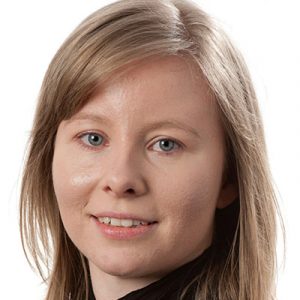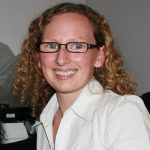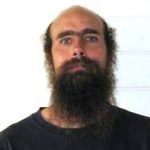
Dr Natalie Payne working with Dr Christopher Siatskas and Prof Claude Bernard, has previously been funded in part by MS Research Australia, and discovered that stem cells derived from fat tissue are more effective in reaching the brain and spinal cord in a laboratory model of MS than stem cells from bone marrow. Dr Bernard’s team was recently awarded collaborative grant of almost $6.5 million to work on stem cells with a team from the University of California, Irvine.
This grant will fund Dr Payne’s travel to learn techniques from three international laboratories in order to work on this project and allow Dr Payne to present her recent findings in an international setting.
The project will attempt to develop a stem cell treatment, which they hope will help promote the repair and regeneration of damaged neurons. They will be using re-programmed human skin cells to make induced pleuripotent stem (iPS) cells. iPS cells behave like embryonic stem cells and can grow into many different cell types including the support cells of the brain such as myelin-producing cells. The team will conduct pre-clinical testing of the cells in animal models of MS to confirm their potential to repair the brain. They will also develop and test the technology needed to reliably produce the human stem cells to the standards required for future clinical trials in people with MS.
As part of the Ian Ballard Travel Fellowship, Dr Payne visited a number of research institutes where she learned new techniques required for her international stem cell research collaboration. These included learning the protocol established in Professor Jeanne Loring’s laboratory at the Scripps Research Institute, for differentiating pluripotent stem cells into neural precursor cells, and the intraspinal injection technique established in the laboratory of Professor Tom Lane at the University of California, which will enable us to assess the contribution of transplanted neural precursor cells to central nervous system repair in mice.
At Boehringer Ingelheim Pharmaceuticals, Dr Payne learned assays that can be used to assess the potential for neural precursor cells to migrate and modulate the immune system. These properties are critical for their therapeutic effect in the treatment of MS.
As part of this award Dr Payne also attended the International Society for Stem Cell Research (ISSCR) 11th annual meeting in Boston where she presented her research and met with other stem cell researchers. Dr Payne also attended a number of fascinating talks by leading international stem cell researchers such as Professor Shinya Yamanaka, who won the 2012 Nobel Prize for Physiology or Medicine for his discovery of how to reprogram mature cells into pluripotent stem cells, a technology we are using as part of our collaborative research project.
Updated: 22 January 2014
Updated: 01 January, 2013

